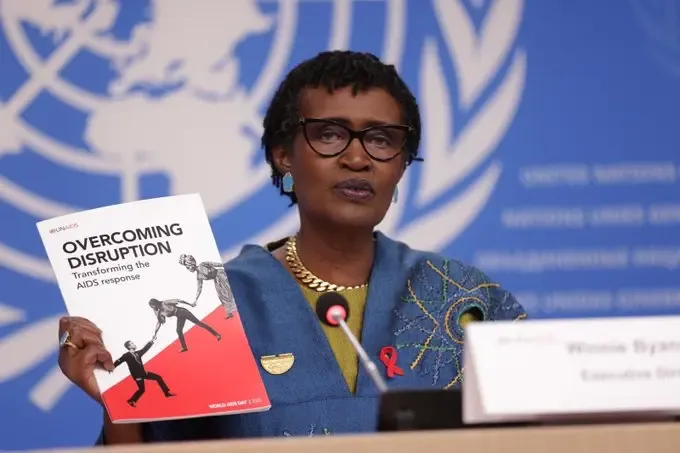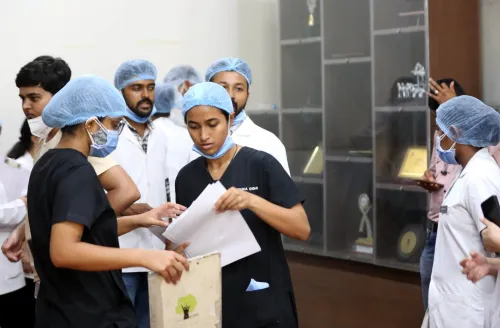Has the Funding Crisis Resulted in Disruptions to Global HIV Prevention Tools?

Synopsis
Key Takeaways
- Funding crisis severely impacts global HIV prevention.
- 40.8 million people are living with HIV worldwide.
- Young women are increasingly vulnerable due to loss of services.
- Community-led organizations report widespread program closures.
- Urgent action is required to meet 2030 HIV targets.
Geneva, Nov 26 (NationPress) The ongoing funding crisis has resulted in significant disruptions to global HIV prevention initiatives and community-led services, marking what UNAIDS describes as the most substantial setback in decades, particularly as we approach World AIDS Day 2025.
Every year on December 1, World AIDS Day serves to increase awareness of HIV and combat stigma.
The report reveals that 40.8 million individuals worldwide are currently living with HIV, alongside 1.3 million new infections recorded in 2024, and 9.2 million people still lacking access to treatment.
Significant reductions in international HIV funding during 2025, initiated by US President Donald Trump following his inauguration in January, exacerbated existing funding deficiencies.
The United States has long been the leading donor for global HIV funding; however, it has permanently halted support for the US President’s Emergency Plan for AIDS Relief (PEPFAR) aimed at HIV treatment and prevention.
The report indicates that prevention services, which were already under pressure prior to the crisis, have experienced the most severe impacts, particularly in access to medicines such as pre-exposure prophylaxis (PrEP) and a notable decline in voluntary medical male circumcision aimed at preventing HIV.
The dismantling of HIV prevention programs specifically tailored for young women has deprived adolescent girls and young women of critical HIV prevention, mental health, and gender-based violence services in numerous countries, heightening their vulnerability. In 2024 alone, there were globally 570 new HIV infections daily among young women and girls aged 15-24.
Community-led organizations, which form the backbone of the HIV response and effectively reach the most vulnerable populations, report widespread program closures, with over 60 percent of women-led organizations halting essential services.
Services for key populations, including men who have sex with men, sex workers, people who inject drugs, and transgender individuals, have also faced severe impacts, according to the report.
“The funding crisis has revealed the fragility of the progress we have fought so hard to achieve,” stated Winnie Byanyima, Executive Director of UNAIDS.
“Behind each data point in this report are individuals -- infants and children missing out on HIV screenings, young women cut off from prevention resources, and communities abruptly left without services and care. We must not abandon them. We need to overcome this disruption and transform our response to AIDS,” Byanyima added.
If we fail to achieve the 2030 global HIV targets outlined in the next Global AIDS Strategy, we could see an additional 3.3 million new HIV infections between 2025 and 2030.
A previous UNAIDS report warned that this could lead to over four million additional AIDS-related deaths and six million new HIV infections by 2029.
Despite these hurdles, several countries are taking swift actions to address funding gaps, demonstrating resilience in HIV treatment delivery, according to the report.
Innovation is also on the rise. New HIV prevention technologies, including twice-yearly injections, have the potential to avert tens of thousands of new infections in regions heavily burdened by the disease.
Byanyima urged governments to exhibit political courage by investing in communities, prevention efforts, innovation, and the protection of human rights as crucial steps toward ending AIDS.









